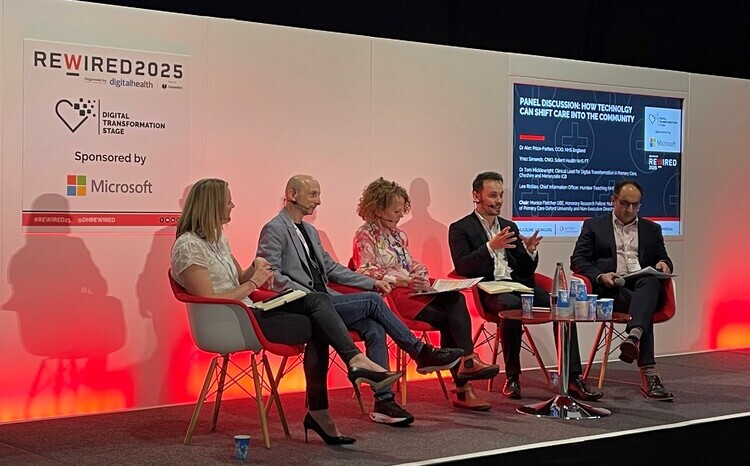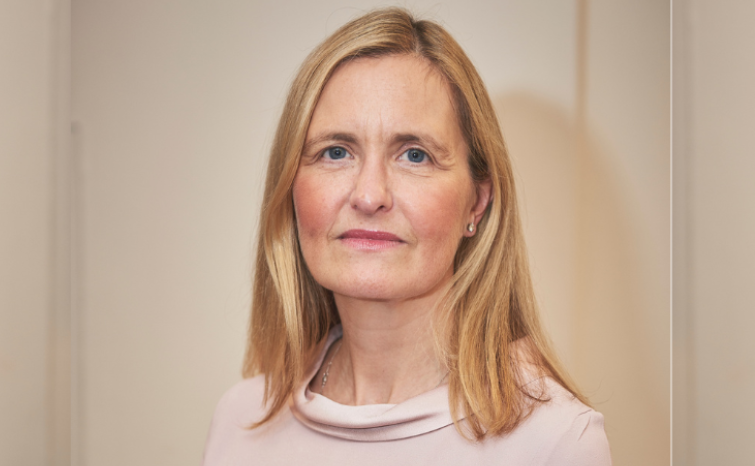£7m EPR costs blowout predicted after delay
- 23 January 2017

A northern trust is predicting a £7.5 million budget blowout on its electronic patient record project after ongoing delays in deploying Cerner Millennium.
Calderdale and Huddersfield NHS Foundation Trust was scheduled to deploy Cerner’s EPR on 19 November last year, but has yet to go live.
In its January board papers, the trust said the delay was expected to more than double the cost, which was forecasted to rise from £4.74 million to £12.24 million.
Deployment was deferred because of “delays in the migration of data” but the system was now expected to go-live between March and May this year, the papers said.
The “additional cost” of the EPR had also had a knock-on effect on other parts of the trust’s capital expenditure, requiring “reduced spend on the estate and equipment”.
There is no specific reason given in the board papers for why a six-month delay had led to the project cost more than doubling.
The trust procured Cerner jointly with neighbouring trust, Bradford Teaching Hospitals NHS Foundation Trust, in March 2015.
Calderdale and Huddersfield first announced it was tendering for a new EPR in March 2014 in a contract worth £30 million. At the time they said this cost was split between £18 million for Calderdale and Huddersfield and £12 million for Bradford if it opted to join the contract.
Bradford Teaching is expecting to go-live with the Cerner in July this year, using the same instance and its neighbouring trust.
In a statement provided to Digital Health News, Calderdale and Huddersfield said figures in the board papers were only a “forecast only at this stage” but confirmed the project cost was expected to rise.
The EPR project was originally projected to cost £29.1 million over its total 10-year contract. This was now forecasted to increase to £34.4 million, Calderdale said.
The increased cost came from the need to temporary replace clinical staff heavily involved in the EPR project and the complexity of migrating patient data from two trusts onto a single system.
“Migration of patient records from two distinct trusts is pretty unique across the NHS and if successful paves the way for a new approach to the harmonisation of patient records.”
The trusts delayed the planned deployment last year to ensure the safe transfer of patient from the previous systems and “avoid jeopardising” preparations for a challenging winter, Calderdale said.
Calderdale and Huddersfield is already budgeting to run a financial deficit of £16.1 million for the 2016/16 financial year.
Meeting that targeted deficit is a requirement for access to £11.3 million in central strategic transformation funding, but NHS Improvement has agreed to exclude any “I&E [income and expenditure] or cash pressures for EPR ‘go live’” from these calculations, the papers said.
Despite the growing cost, the trust’s December board papers said progress was being made with data migration, e-prescribing and order communications.
While there were concerns about order communications and pathology, “there is no reason to suggest that this will impact on a March go-live”, the papers said.
At Calderdale and Huddersfield, Cerner will replace an in-house patient administration system that was originally deployed in 1985.
Bradford Teaching Hospitals currently uses CSC’s i.PM system. That system was deployed in 2007 as part of the National Programme for IT, the contract for which expired last year.
Calderdale and Huddersfield employs about 6,000 staff for its two main hospitals, Calderdale Royal Hospital and Huddersfield Royal Infirmary.
Digital Health Intelligence: holds information on the clinical systems installed at trusts across the UK and uses this to calculate a Clinical Digital Maturity Index score. Calderdale and Huddersfield NHS Foundation Trust ranks 111, with a score of 65 (requires log-in).




